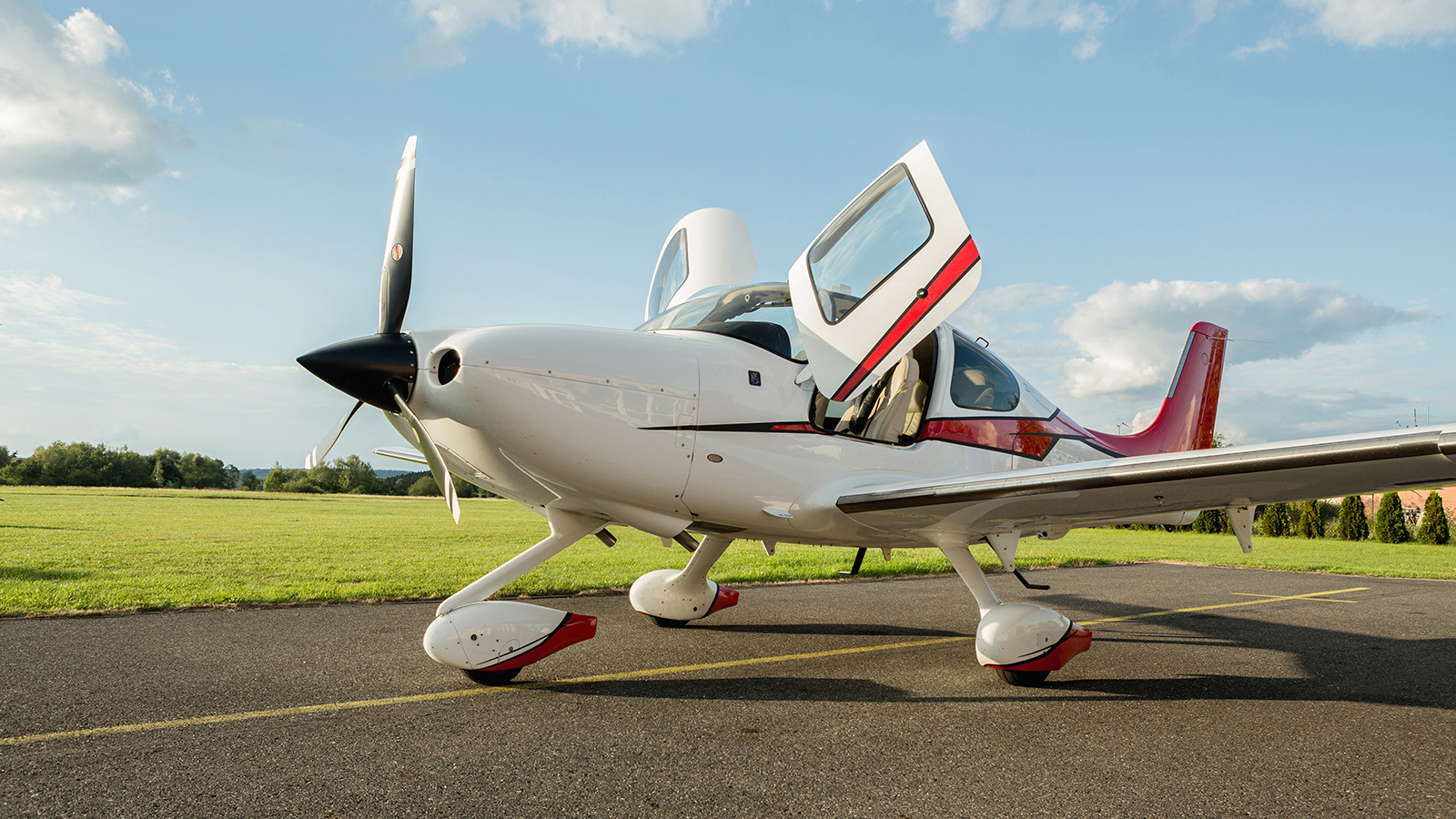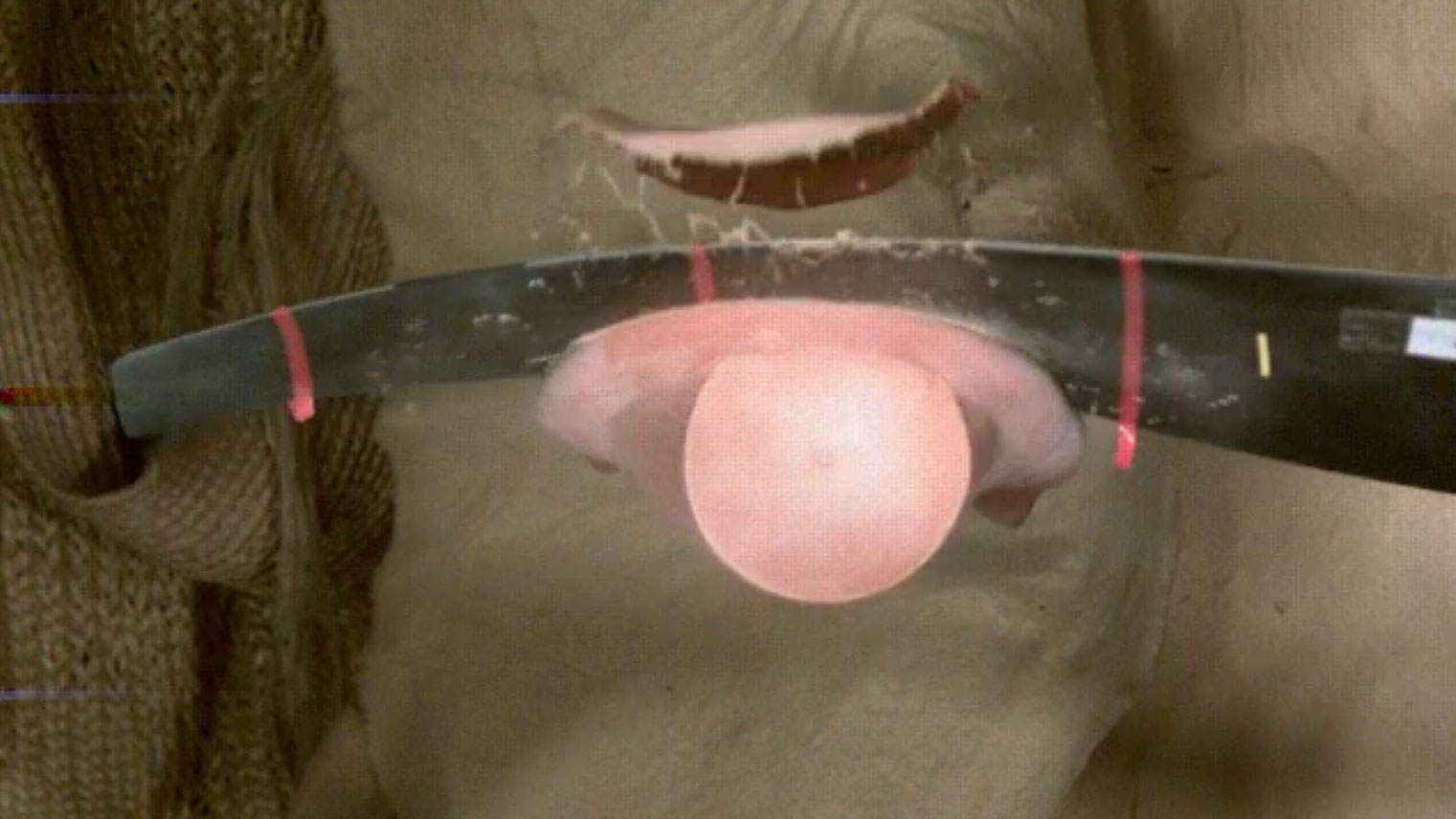Your most important decision as an aircraft owner
…is right in front of your nose
The propeller you fly behind is easy to take for granted. Yet while spinning at 2,500 rpm, it’s among the most critical components on your aircraft.

Choosing the right aircraft propeller is a decision that impacts every aspect of flight, from takeoff to climb to cruise. When reliability matters most, it’s important to know exactly what you’re flying behind.
That’s why Hartzell carbon fiber composite blades are engineered to meet—and often exceed—the most rigorous certification requirements, a level of precision, craftsmanship, and integrity that reflects the company’s “Built on Honor” promise.
The Hartzell Advantage: Carbon fiber confidence
Hartzell’s next-generation carbon fiber technology first launched with the Cirrus SR22T and has since been used on 19 propeller type certificates and 37 aircraft type certificates. Over 50,000 carbon fiber composite blades have been proudly produced in the United States at Hartzell’s Piqua, Ohio-based factory—providing the only U.S.-made propeller option for many aircraft manufacturers, including Cirrus.
Unlike wood-core “composites,” Hartzell’s composite props are structurally-built from carbon fiber—an aerospace-grade material up to 10 times stronger than “natural composites” (wood).
With reduced lifecycle costs and an industry-leading warranty through first overhaul, Hartzell’s Top Prop carbon fiber propeller upgrades offer significant long-term value. In fact, they’re certified for unlimited life. Minor repairs for Hartzell carbon fiber composite props can be accomplished on-wing by an A&P or FAR Part 145 Repair Station using Hartzell repair kits. For major repairs, blades can be restored to factory-new condition through a global support network, including Hartzell’s state-of-the-art Service Center.
Putting it to the test
Hartzell’s carbon fiber composite propellers undergo some of the most demanding certification requirements in aviation, including tests for the real-world challenges pilots face:
Bird impact tests: To date, Hartzell has performed more than 250 bird impact tests to ensure its blades withstand collisions at real aircraft speeds and power settings. Under identical testing conditions, Hartzell’s carbon fiber blades consistently outperform all competitors.

Lightning strikes: Hartzell’s carbon fiber composite blades are tested with a powerful 200,000- amp current (+/- 10 percent)- to demonstrate their ability to withstand a lightning strike.
Hartzell also goes above and beyond certification requirements by testing its electro-thermal de-icing systems. During testing, the Hartzell de-ice boot remained fully functional after exposure to the full lightning threat—while a competitor’s product directly conducted lightning current into the electrical system.

Proven performance
Strength, reliability and performance come together in Hartzell’s carbon fiber propeller options for advanced aircraft, such as the Cirrus SR22. Hartzell offers 3-blade and 4-blade carbon fiber propellers designed to maximize efficiency and performance for the SR series.

In flight testing under the same conditions, Hartzell carbon fiber propellers outperformed wood-core composites in key phases of flight, including cruise speed. That performance advantage can translate into greater efficiency, lower fuel burn, and more time at the destination.
Don’t compromise—ask for a Hartzell by name.
When you purchase the airplane you’ve been dreaming of, don’t settle for anything less than the best. Ask for Hartzell— the brand 70 percent of aircraft manufacturers select globally.
Now through the end of 2025, Hartzell is offering AOPA members a $1,000 discount on carbon fiber composite propeller upgrades through its Top Prop propeller conversion program.
